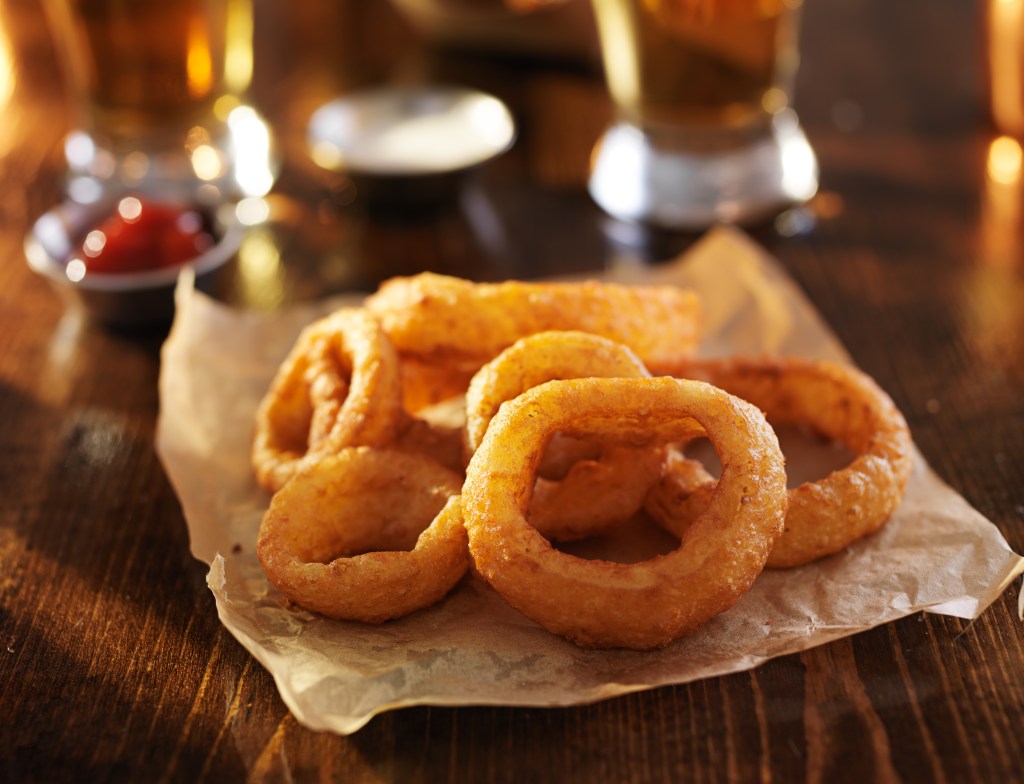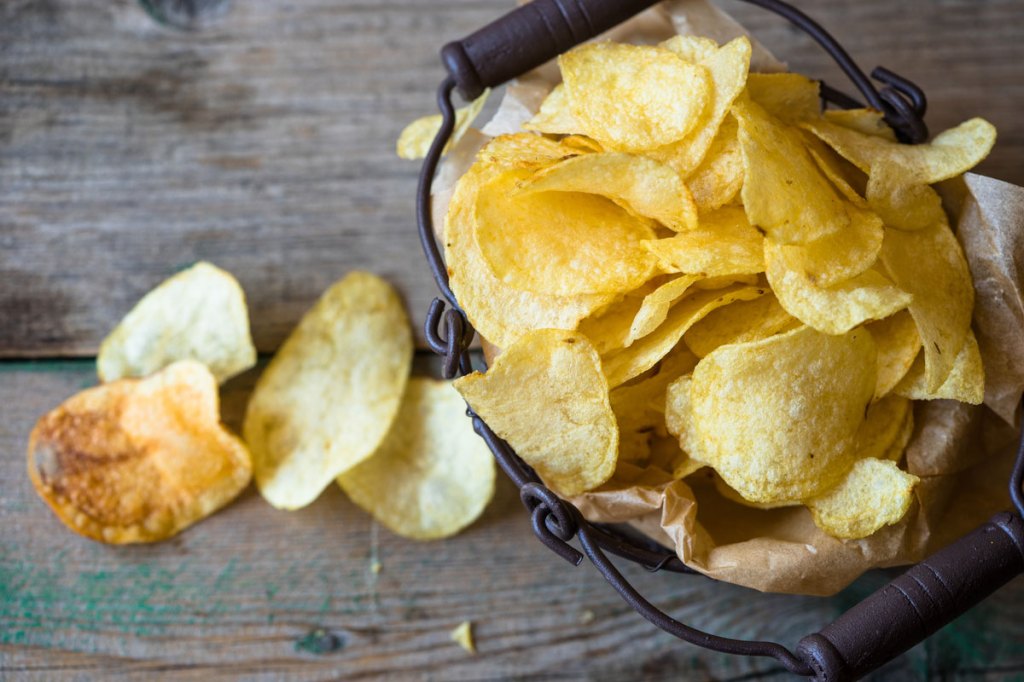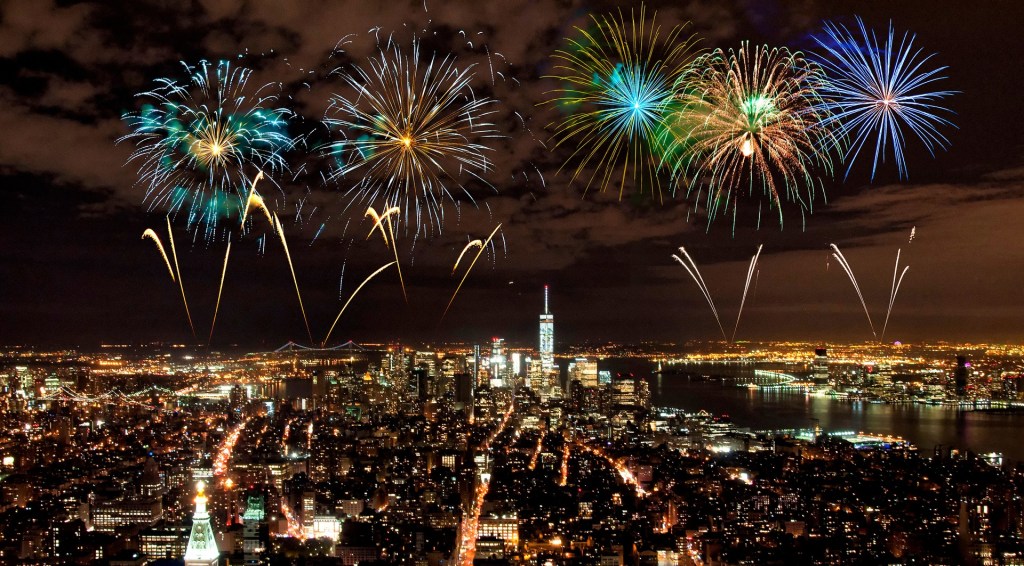5 Key Center Store Trends
The center store is an important part of any grocery store because it accounts for a large portion of sales. Unfortunately, in recent years, the center store has undergone a number of changes. The growing impact of inflation and other shifts in consumer behavior are making center store more challenging for brands. Additionally, competition for food and beverage dollars continues to grow from big box retailers, convenience stores, value chains, and eCommerce channels.
With that in mind, here are 5 key Center Store trends shaping the market:
1. The Constant Pressure of Inflation
Above all else, consumers are dealing with the impact of inflation, as the average increase in CPG prices in July reached +5%. Unfortunately, center store is faced with much of the pressure. The rate of food inflation increases is slowing but still high at 5%, with consumption down -1%. The most impacted by this has been Dry grocery, seeing a 10% increase in unit prices.1
As a result, consumers are adapting their behavior in the center store to stretch their dollars. This may be by buying bulk, shopping on promotion, or focusing only on the essentials. Benefitting from this shift is private label brands. Private Label, which on average provides 14% savings versus other brands, has set a new report share, now accounting for 19% of CPG sales in the U.S.1 Retailers are responding to this trend by expanding their private label offerings and investing in new product development. Conveying value is becoming more important than ever.
2. The Focus on Health and Wellness
According to NIQ’s 2022 Shopper Health Study, American consumers are facing a slew of health concerns that are shaping their shopping needs. 31% of households report high blood pressure, 25% report depression, 24% report obesity, 22% report cholesterol problems, and 13% report Type II diabetes.2 This, paired with the renewed focus on health that came from the COVID pandemic, has revitalized the center store as a source of wellness.
Retailers are responding to this trend by stocking more healthy and organic foods, as well as offering more meal solutions. For many consumers, the center store has become an avenue for self-treatment and care. Brands that offer products that have a wellness aspect or fall within a “Better For You” category are all in a position to benefit from this shift.

Are you following CPG best practices?
In our free eBook, we share some of the key ways successful CPG brands are staying on top in a chaotic marketplace and ways that you can adopt their habits.
3. The Demand for Convenience
Consumers are looking for ways to save time and eat healthier, and this is leading to a demand for more convenient food options. This is leading to the growth in sales of things like prepared foods (up 6% over last year), salty snacks (+11.2%), and ready to heat rice (+17%).3 Paired with economic benefits, these offerings are enticing to more Americans each month as they are faced with pressures of time and money.
Retailers are responding to this trend by offering more prepared foods, meal kits, and other convenience items. These may be private label offerings through the retailer themselves or branded products. By aligning with shifting consumer behaviors and offering more convenient solutions, center store brands have the opportunity to finish 2023 strong.
4. The Growth of E-commerce
E-commerce is growing rapidly, and this is having a significant impact on the Center Store. Though 86% of US CPG dollar sales are represented by “omnichannel shoppers,” center store categories are a mixed bag in online shopping growth.4 For example, smaller shelf-stable items are seeing strong gains, like seasoning mix which saw a 17.6% growth in online sales year over year.3 Still, NIQ’s omni data also shows that more food dollars are being spent in-store than online.
At the same time, retailers are responding to this trend by investing in their online presence and offering same-day delivery. Private label brands and those with a strong DTC presence are able to gain market share more consistently. For other brands, the issue with growth lies in their ability to market their products online and use the right product attributes to appear in online searches. While food sales online lag behind other categories, the growth continues year after year.
5. The Importance of Personalization
Consumers are looking for personalized products and shopping experiences, and this is something that retailers are starting to embrace. In center store, these needs are often wellness-related, with more consumers than ever before dealing with allergies to different ingredients or pursuing a healthier lifestyle and intentionally avoiding those ingredients. In fact, in the US alone, more than 30 million people have allergies to specific ingredient items.5
Retailers are using data and technology to personalize their offerings, such as by recommending products based on past purchases or offering targeted discounts. Understanding the demand for personalization can help you offer unique solutions that disrupt category buying and satisfy unmet needs to bring in new customers.
Building a Center Store Plan in a Chaotic Market
In order to maximize sales in the center store, center store and grocery brands should focus on meeting shifting consumer needs and optimizing their pricing and promotion strategies. Meanwhile, retailers need to carefully manage their inventory and pricing. They also need to make sure that the center store is well-organized and easy to navigate.
Grocery retailers are also reducing the number of SKUs in the center store. This can help them simplify their inventory and make it easier for shoppers to find what they need. But, this means competition for shelf space is getting stronger. Brands need to be able to position themselves in a way that offers retailers stronger growth and market share. Knowing who the target customer is, what motivates them, and how your products fill their needs is key.

Find Your Center with NIQ Data
Keeping pace with the shifting center store and grocery industry requires understanding customer behaviors, sales trends, growth opportunities, and future demand. Which is a lot to ask if you don’t have access to accurate data and valuable insights. The experts at NIQ are here to help.
No matter your size or state of growth, NIQ provides the Full View of the market at a price that fits your budget. For emerging brands, Byzzer™ by NielsenIQ provides access to the essential data they need to successfully react to these shifting tides and build growth strategies.
Talk to our experts about new options custom-built for emerging and rising brands alike.
Don’t miss out on the market’s best data and expert insights to help you keep brand growth strong in 2023 and beyond!
Sources:
1 NIQ Total U.S. xAOC 4 Weeks Ending July 29, 2023
2 NIQ’s 2022 Shopper Health Study
3 NIQ Total US xAOC, last 52 Wks ending 8/26/23
4 NIQ Omnishopper, Total US, 52 weeks ending 12.31.22
5 NIQ Report – From blind spots to breakthroughs



